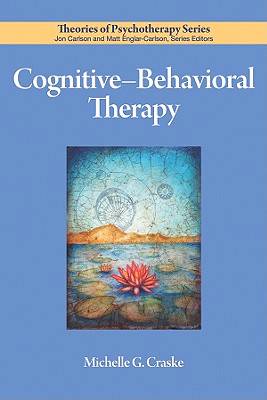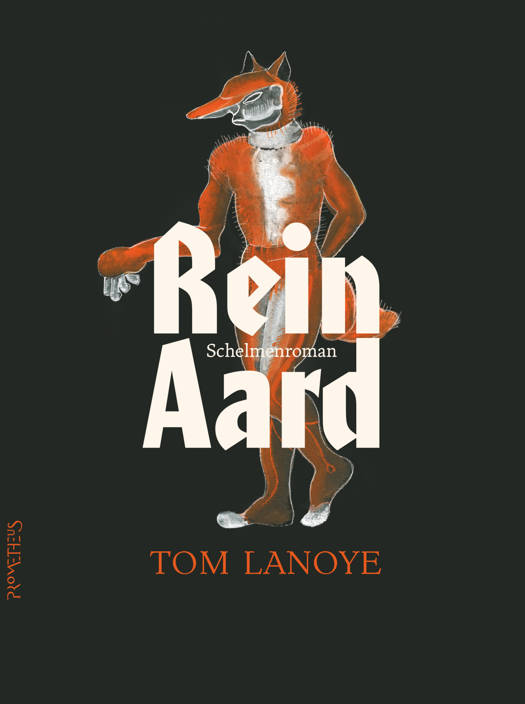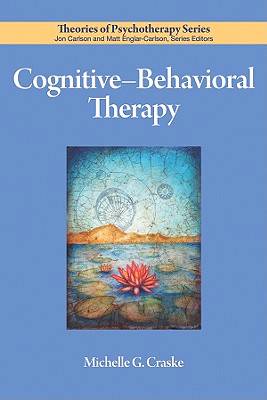
- Afhalen na 1 uur in een winkel met voorraad
- Gratis thuislevering in België vanaf € 30
- Ruim aanbod met 7 miljoen producten
- Afhalen na 1 uur in een winkel met voorraad
- Gratis thuislevering in België vanaf € 30
- Ruim aanbod met 7 miljoen producten
Zoeken
€ 39,45
+ 78 punten
Omschrijving
In Cognitive Behavioral Therapy, Michelle G. Craske discusses the history, theory, and practice of this commonly practiced therapy. Cognitive behavioral therapy originated in the science and theory of classical and instrumental conditioning; cognitive principles were incorporated following dissatisfaction with a strictly behavioral approach. Cognitive behavioral therapy combines behavioral and cognitive interventions: behavioral interventions aim to decrease maladaptive behaviors and increase adaptive ones, and cognitive interventions aim to modify maladaptive thoughts, self-statements, or beliefs. Although a number of variations on the original theory have developed over the decades, all types of cognitive behavioral therapy are unified by their empirical foundation, reliance on the theory and science of behavior and cognition, and the centrality of problem-focused goals. In this book, the author presents and explores this approach, its theory, history, the therapy process, primary change mechanisms, empirical basis, and future developments. This essential primer to cognitive behavioral therapy, amply illustrated with case examples featuring diverse clients, is perfect for graduate students studying theories of therapy and counseling as well as for seasoned practitioners interested in understanding this approach.
Specificaties
Betrokkenen
- Auteur(s):
- Uitgeverij:
Inhoud
- Aantal bladzijden:
- 173
- Taal:
- Engels
- Reeks:
Eigenschappen
- Productcode (EAN):
- 9781433805486
- Verschijningsdatum:
- 1/01/2010
- Uitvoering:
- Paperback
- Formaat:
- Trade paperback (VS)
- Afmetingen:
- 152 mm x 226 mm
- Gewicht:
- 272 g

Alleen bij Standaard Boekhandel
+ 78 punten op je klantenkaart van Standaard Boekhandel
Beoordelingen
We publiceren alleen reviews die voldoen aan de voorwaarden voor reviews. Bekijk onze voorwaarden voor reviews.











